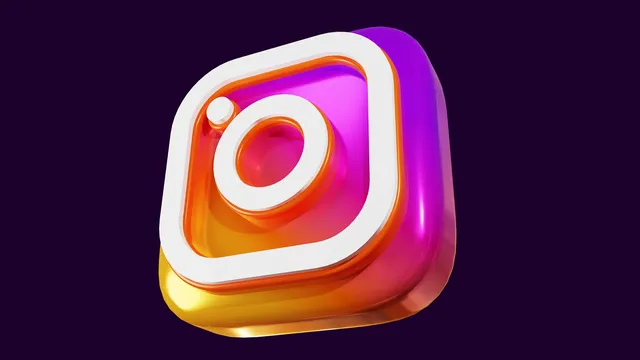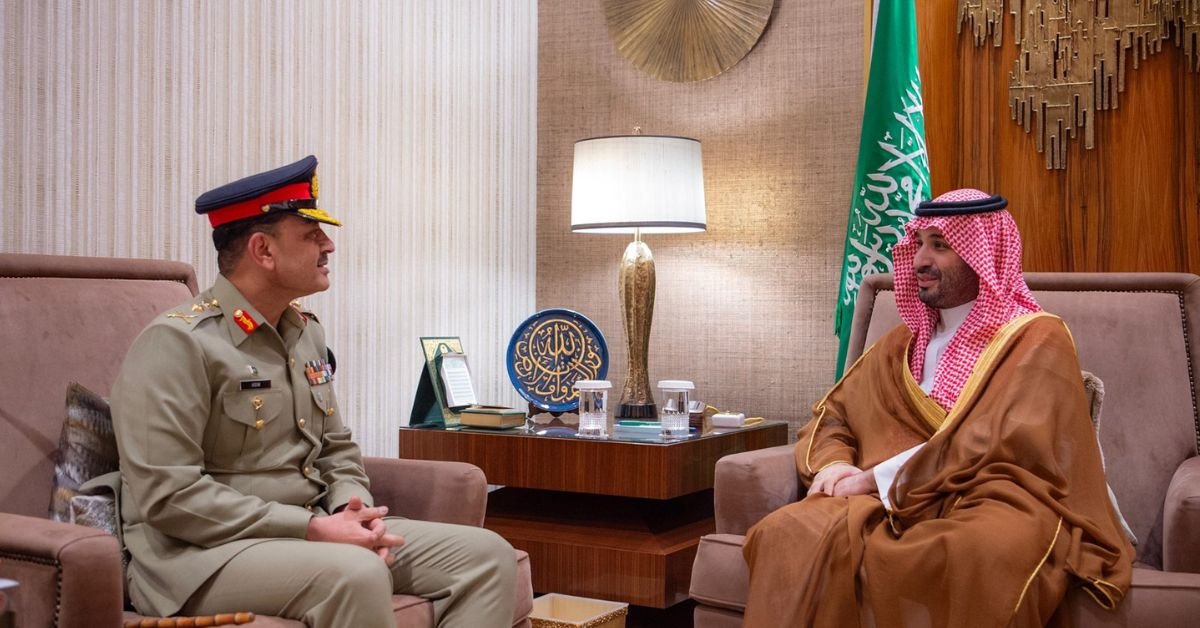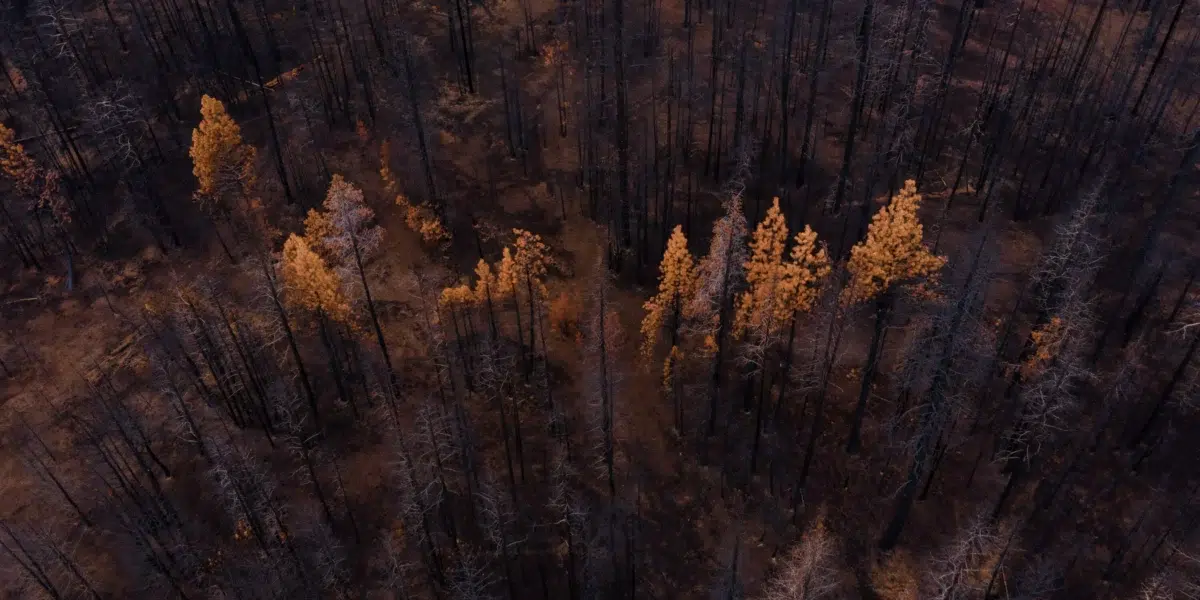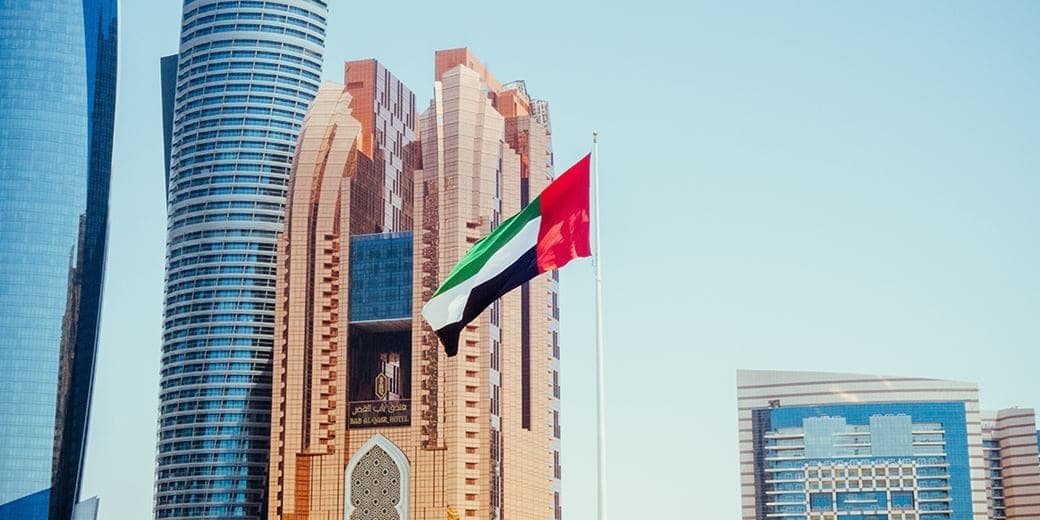Videos posted on Instagram may appear pixelated or blurry not due to camera or editing issues, but rather due to Instagram’s own view-based quality algorithm, as revealed by Adam Mosseri, head of Instagram.
In a recent Q&A, Mosseri disclosed that the Instagram adjusts video resolution according to a video’s engagement levels, with higher-quality rendering reserved for content attracting substantial views.
“We want to show the highest-quality video we can,” Mosseri explained. “But if a video doesn’t attract sustained viewership early on — since the vast majority of views occur shortly after posting — we’ll shift to a lower-quality version. However, should it gain momentum later, we re-render it in higher quality.”
Instagram’s system reflects a resource-management strategy instituted by parent company Meta in 2021, aimed at balancing the immense storage and processing demands generated by the platforms’ heavy video traffic.
This tiered encoding framework initially subjects all uploads to standard encoding. Videos that rapidly gain traction are automatically upgraded to a higher-quality encoding, while those with fewer views remain at a basic level to conserve resources.
Read More: Apple’s smart home display slated for release
This model, though efficient, introduces a nuanced disparity for content creators. By prioritizing high-quality resolution for videos that generate immediate engagement, Instagram’s algorithm may inadvertently favor established influencers and popular accounts, enhancing their visual appeal. Meanwhile, emerging creators may find their content relegated to lower quality, potentially limiting their competitive impact.
Mosseri acknowledged these concerns, noting that the system may appear to privilege more prominent creators by granting them superior video quality. However, he emphasised that engagement is still primarily driven by content relevance and resonance rather than mere visual sharpness.
For Instagram users, this policy underscores a new dynamic in video quality, where resolution is, in a sense, a function of a video’s popularity. Those sharp, vivid visuals from top creators might not just be a matter of good cameras or editing—it’s Instagram’s algorithm rewarding popularity.



